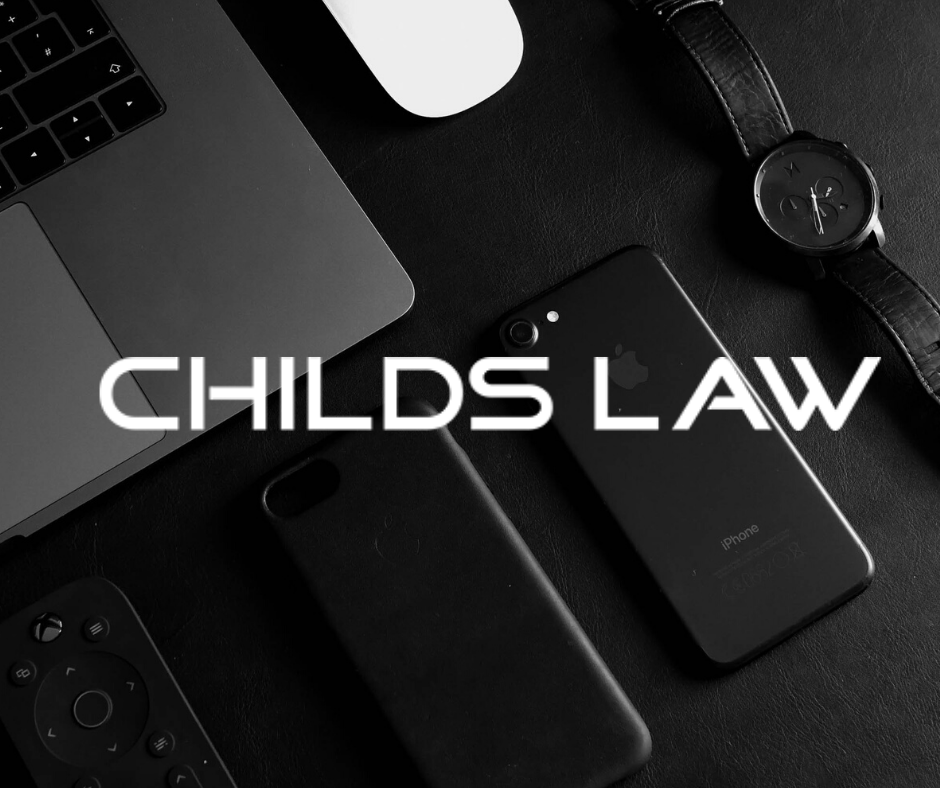William Childs to Speak at the Texas Taiwanese Biotechnology Association Symposium
Hi Everyone, I have been invited by the Texas Taiwanese Biotechnology Association (TTBA) to give a FREE presentation about patent law and my experiences working as a patent attorney. My FREE presentation is entitled: “What You Need to Know About Patent Law” and is scheduled for Saturday, November 21st at 3:20pm CST. My presentation is part of a larger series of presentations by the TTBA regarding careers after graduate school. Over 15 years ago, I was lucky enough to attend a similar presentation in graduate school, where a patent attorney spoke to us about his practice. I am delighted to have this opportunity to give back. If you would like to register for FREE, follow this link: https://www.eventbrite.com/o/texas-taiwanese-biotechnology-association-8220470289.






